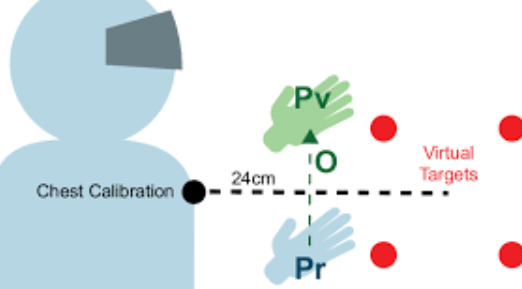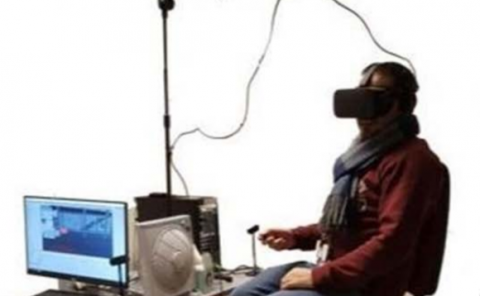Determining Detection Thresholds for Fixed Positional Offsets for Virtual Hand Remapping in Virtual Reality
PubDate: December 2020
Teams: University of Florida
Writers: Brett Benda; Shaghayegh Esmaeili; Eric D. Ragan

Abstract
Virtual reality commonly makes use of tracked hand interactions for user input. Interaction techniques sometimes alter the mapping between the real and virtual coordinate systems to modify interaction possibilities. This paper studies fixed positional offsets applied to the location of the virtual hand. We present a controlled experiment in which users’ hands were subject to fixed positional offsets of varying magnitudes while completing target-touching tasks. The study provides estimations for detection thresholds for positional hand offsets in six directions relative to the real-world location of the hand and provides evidence performance using offset virtual hands can vary based on offset parameters. Significant differences in offset detection were identified based on offset direction, indicating that positional adjustments made to virtual hands should consider directionality when limiting techniques rather than just a constant value. Hand offsets kept within the threshold value resulted in comparable performance to unmodified hand registration, while offsets beyond the threshold resulted in larger completion times.

